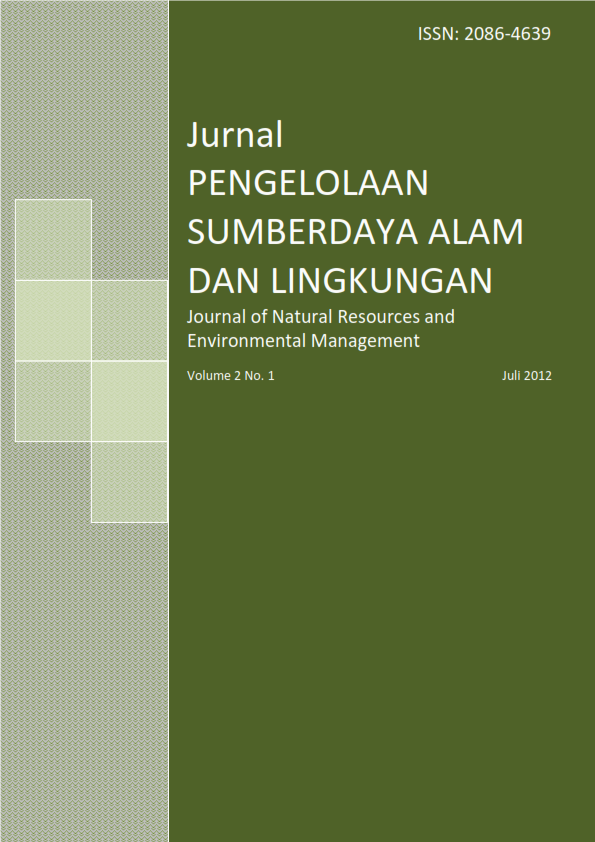APLIKASI STRUCTURAL EQUATION MODEL (SEM) DALAM PENENTUAN ALTERNATIF PENGELOLAAN LINGKUNGAN INDUSTRI KOMPONEN ALAT BERAT BERBASIS PARTISIPASI DAN KEMITRAAN MASYARAKAT
Abstract
As a company engaged in the industrial sector by producing certain components and localized in an industrial area, there will be an impact on the environment. These impacts can be positive in the form of employment, reducing dependence on imported heavy equipment, increase in foreign exchange due to reduced imports and increased exports, increased government revenue from taxes, public facilities improvement and supporting infrastructure, and opening up opportunities for other related industries. These impacts can also be negative in the form of environmental degradation such as noise disturbance, dust, and micro climate change, and changes in social and cultural conditions surrounding the industry. Data analysis was performed descriptively and with the Structural Equation Model (SEM). SEM is a multivariate statistical technique which is a combination of factor analysis and regression analysis (correlation), which aims to test the connections between existing variables in a model, whether it is between the indicator with the construct, or the connections between constructs. SEM model consists of two parts, which is the latent variable model and the observed variable model. In contrast to ordinary regression linking the causality between the observed variables, it is also possible in SEM to identify the causality between latent variables. The results of SEM analysis showed that the developed model has a fairly high level of validity that is shown by the minimum fit chi-square value of 93.15 (P = 0.00029). Based on said model, it shows that the company's performance in waste management is largely determined by employee integrity and objectivity of the new employees followed later by the independence of the employees in waste management. The most important factor that determines the employee integrity in waste management in the model is honesty, individual wisdom, and a sense of responsibility. The most important factor in the employee objectivity in waste management is the support of accurate data in each report of waste management by the company and transparency on reports of the company’s activity. While the factors that determine the employee independency is the company's interests, a sense of employee volunteering, and openness between the company and employees.
Keywords : heavy equipment industry, management, environment, Structural Equation Model (SEM)
Authors
Authors who publish with this journal agree to the following terms:
- Authors retain copyright and grant the journal right of first publication with the work simultaneously licensed under a Creative Commons Attribution License that allows others to share the work with an acknowledgement of the work's authorship and initial publication in this journal.
- Authors are able to enter into separate, additional contractual arrangements for the non-exclusive distribution of the journal's published version of the work (e.g., post it to an institutional repository or publish it in a book), with an acknowledgement of its initial publication in this journal.
- Authors are permitted and encouraged to post their work online (e.g., in institutional repositories or on their website) prior to and during the submission process, as it can lead to productive exchanges, as well as earlier and greater citation of published work (See The Effect of Open Access).






